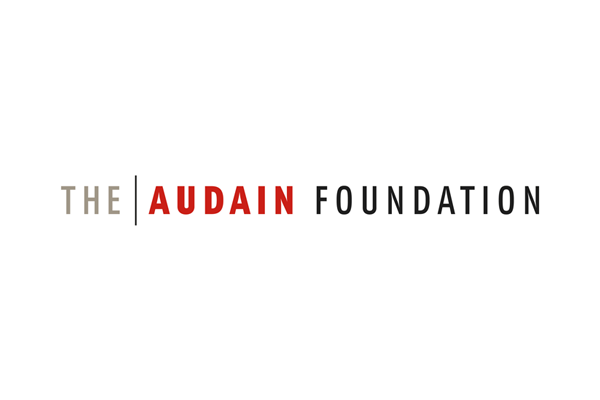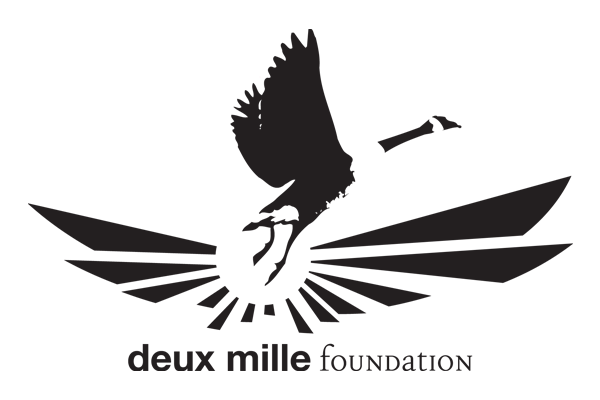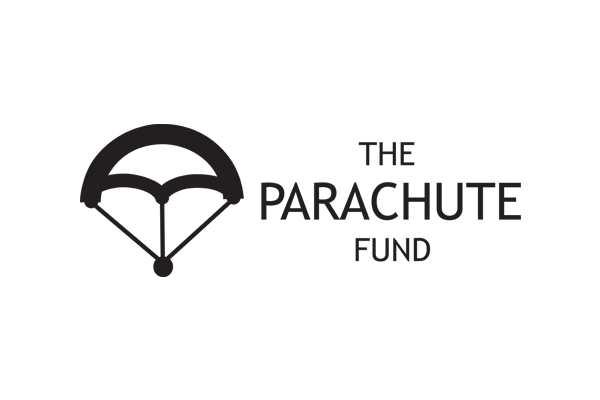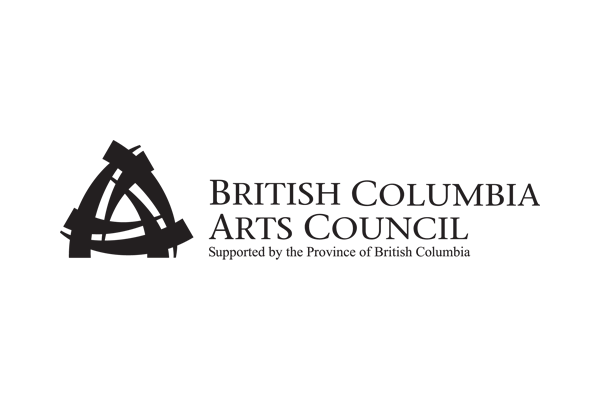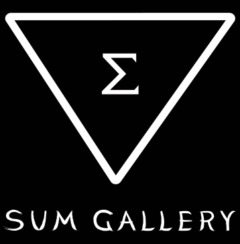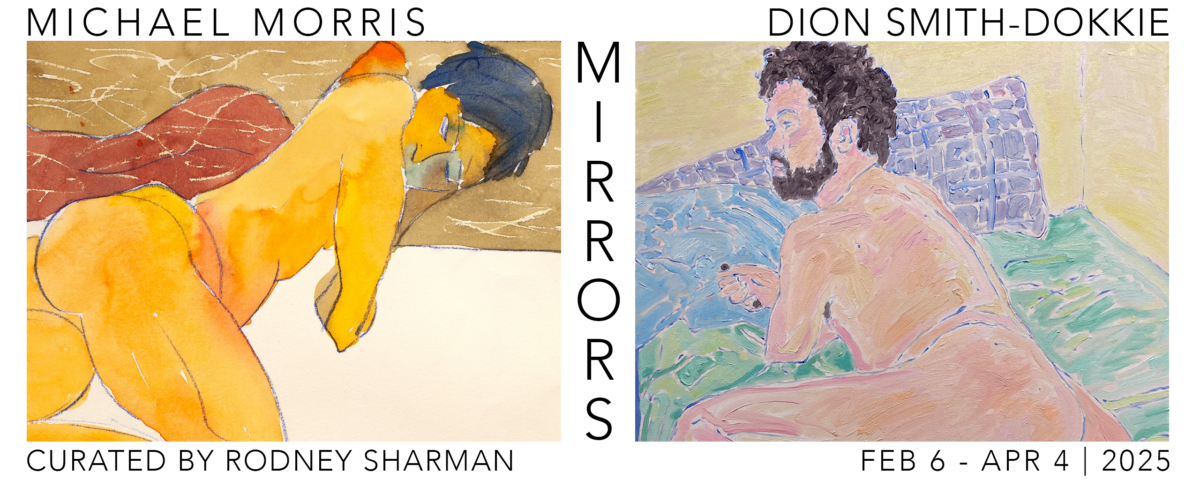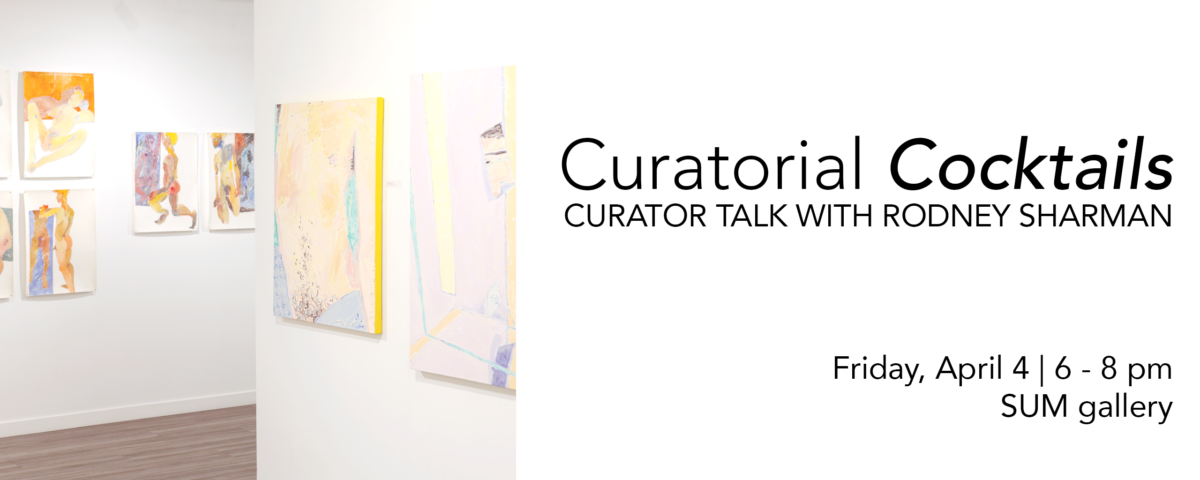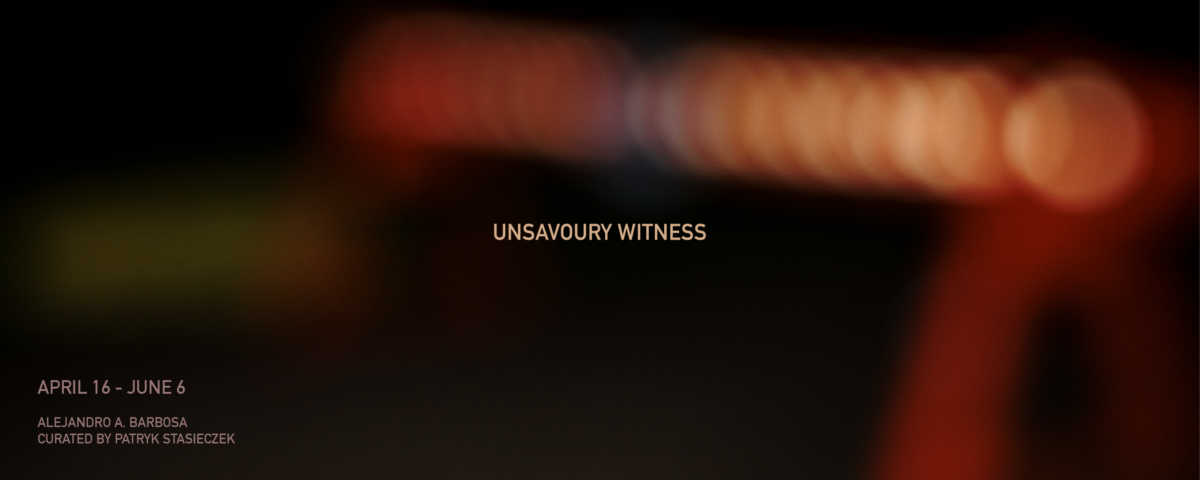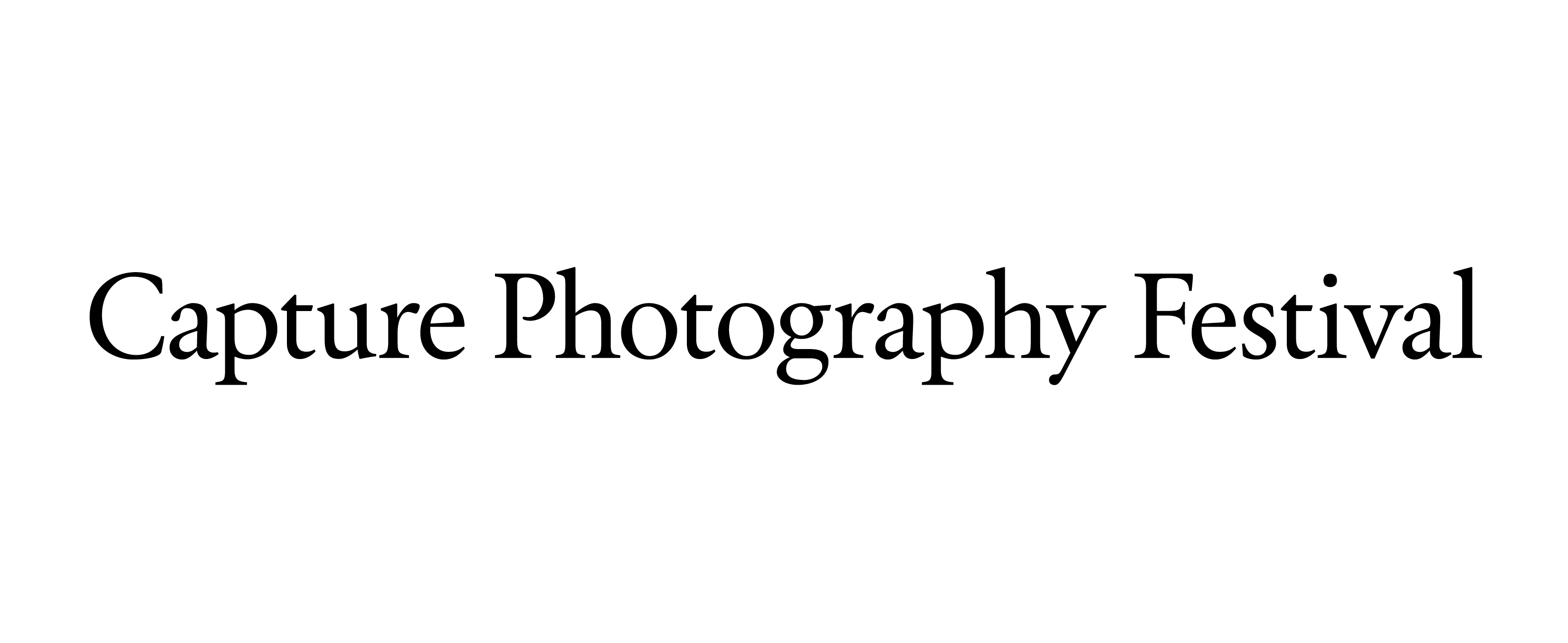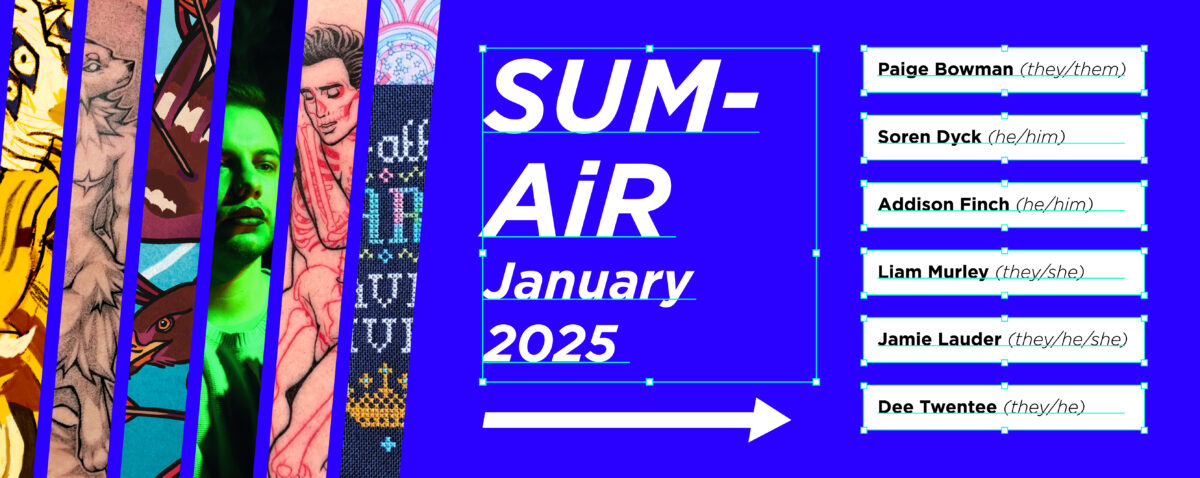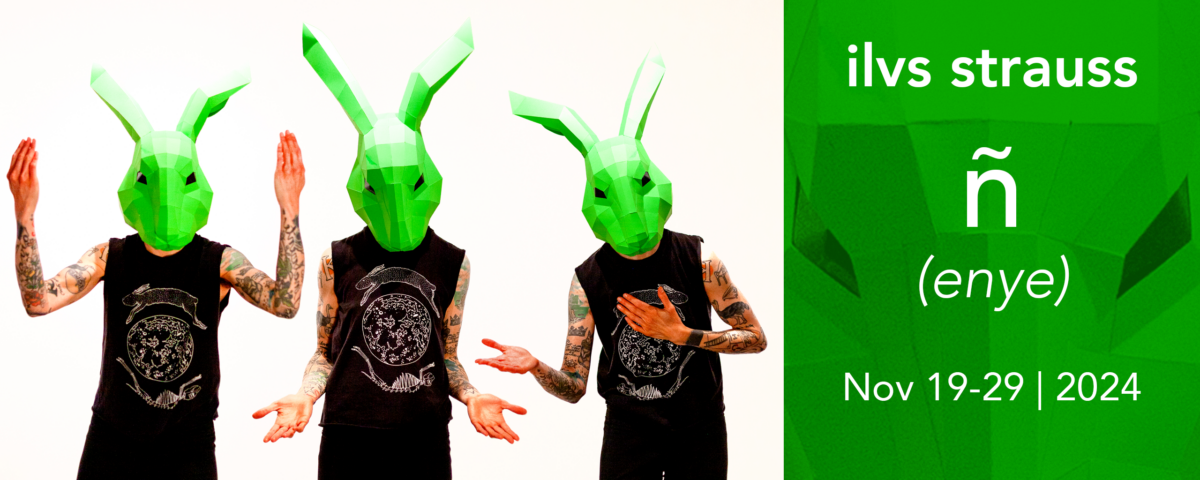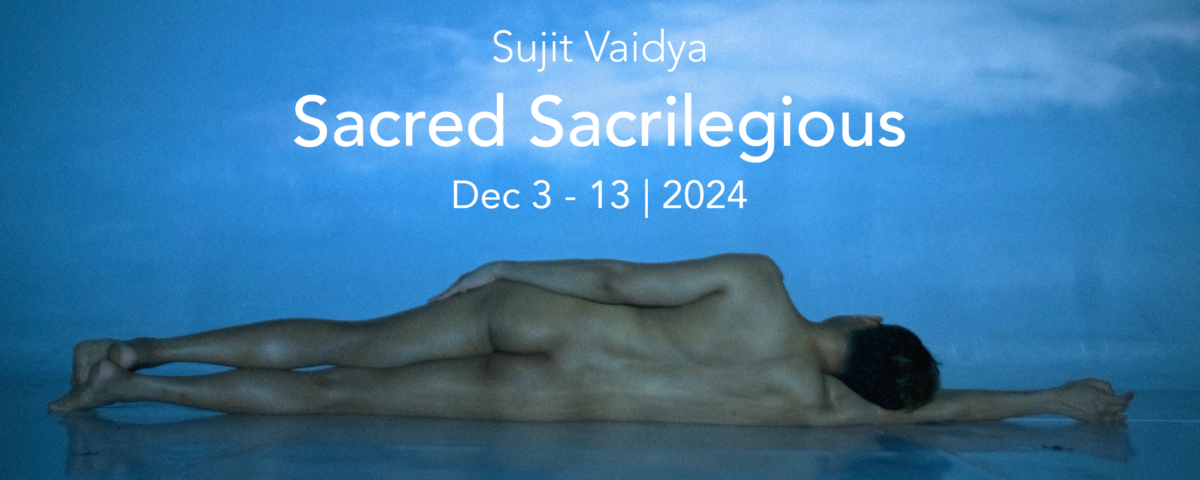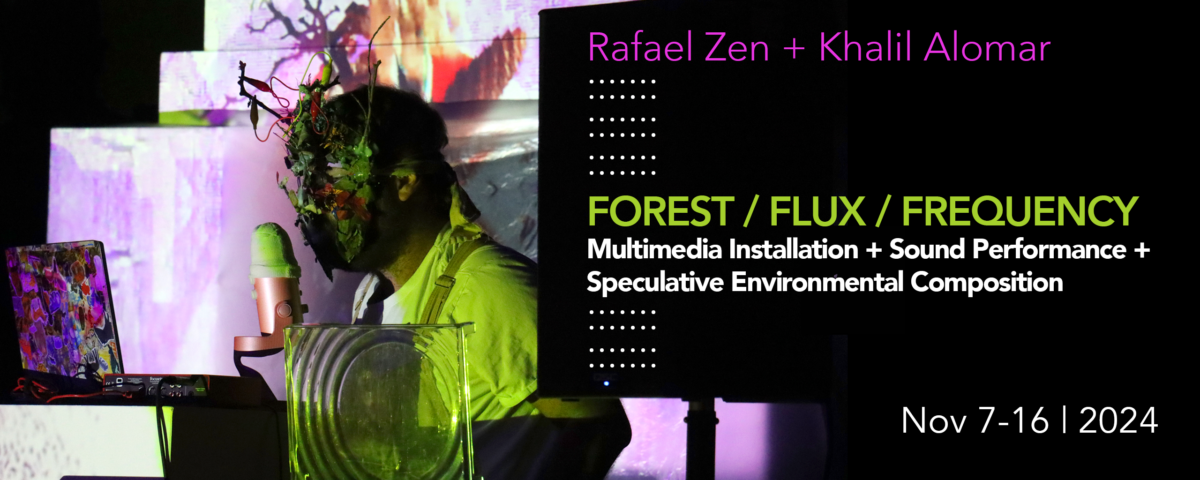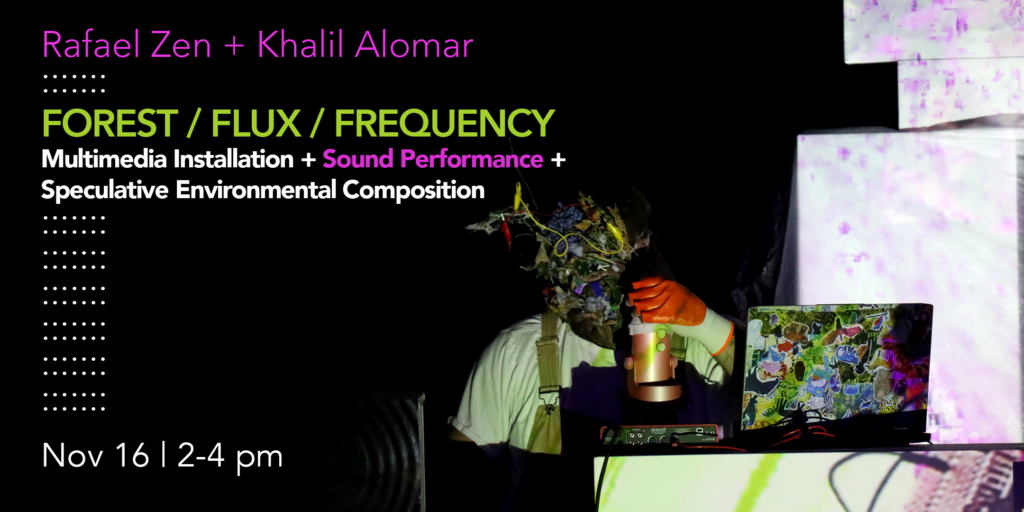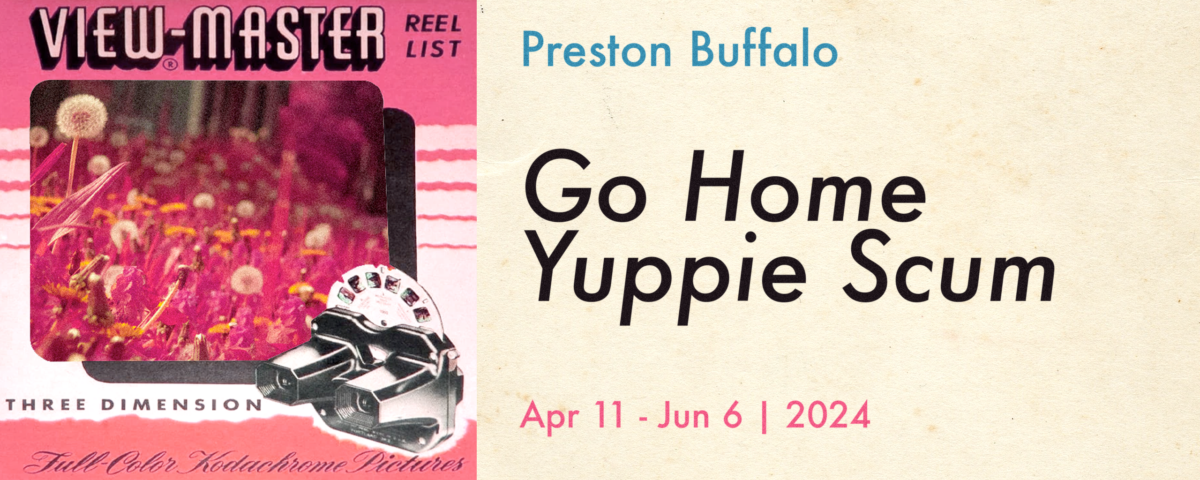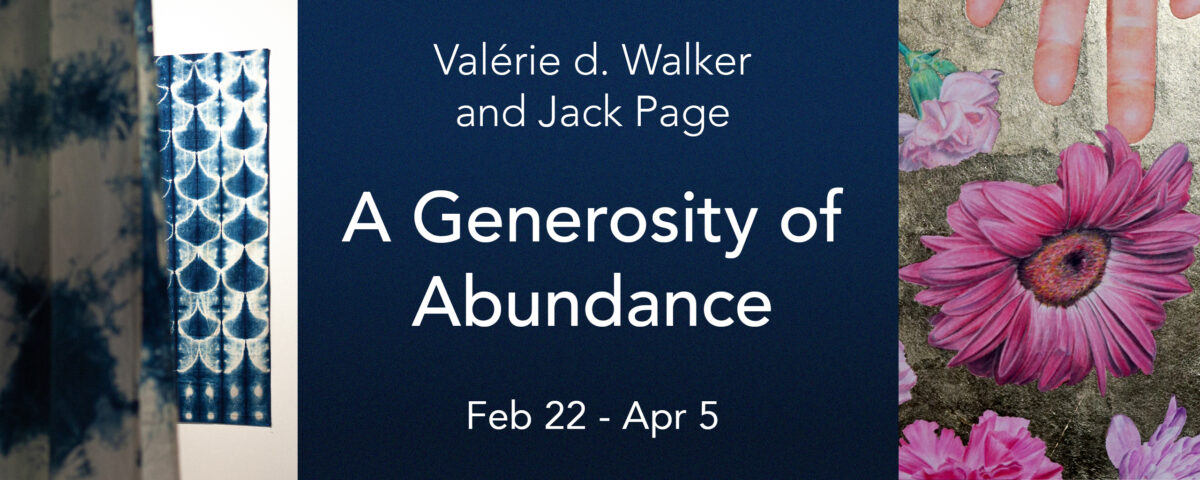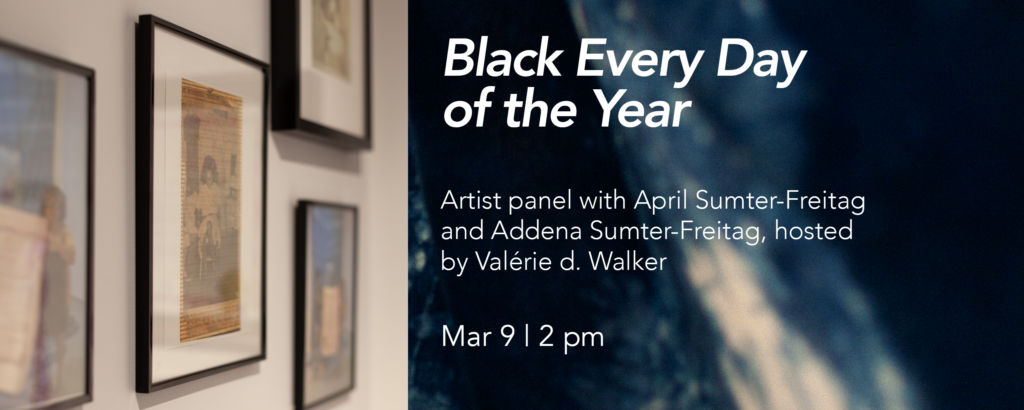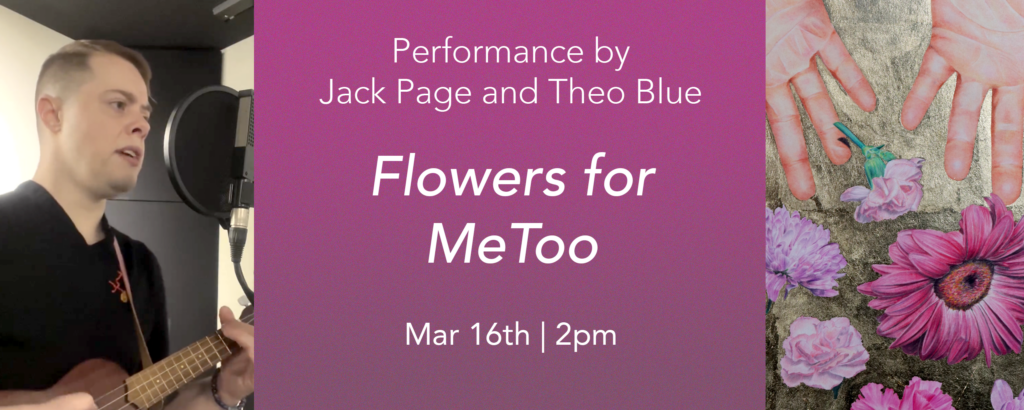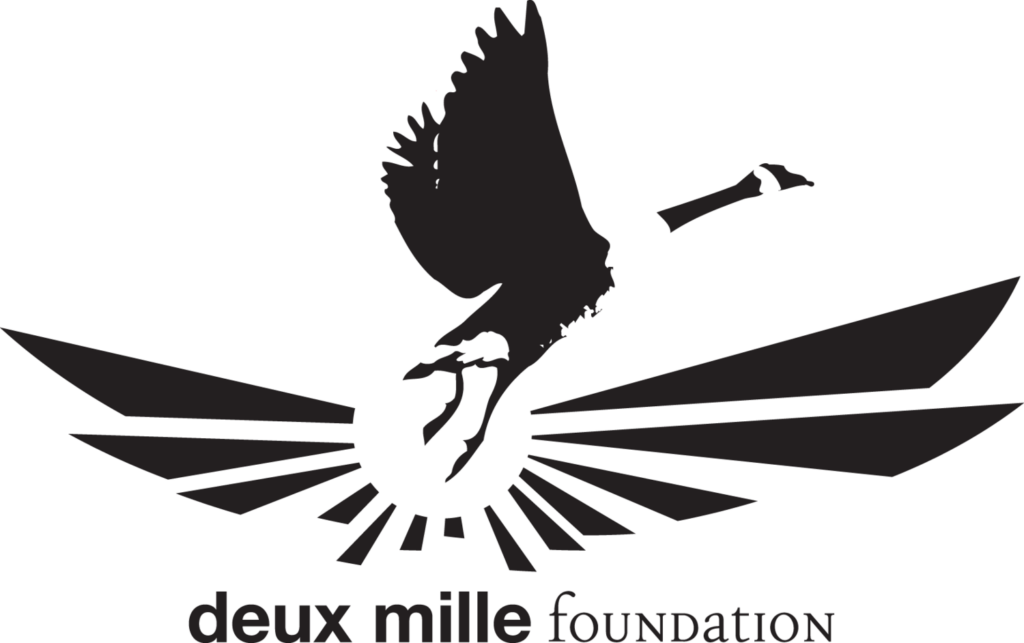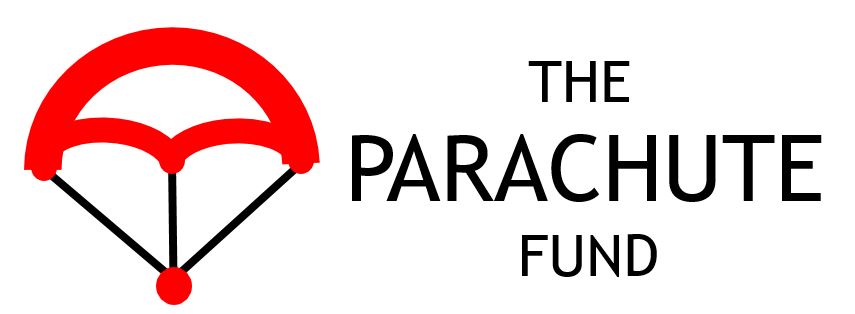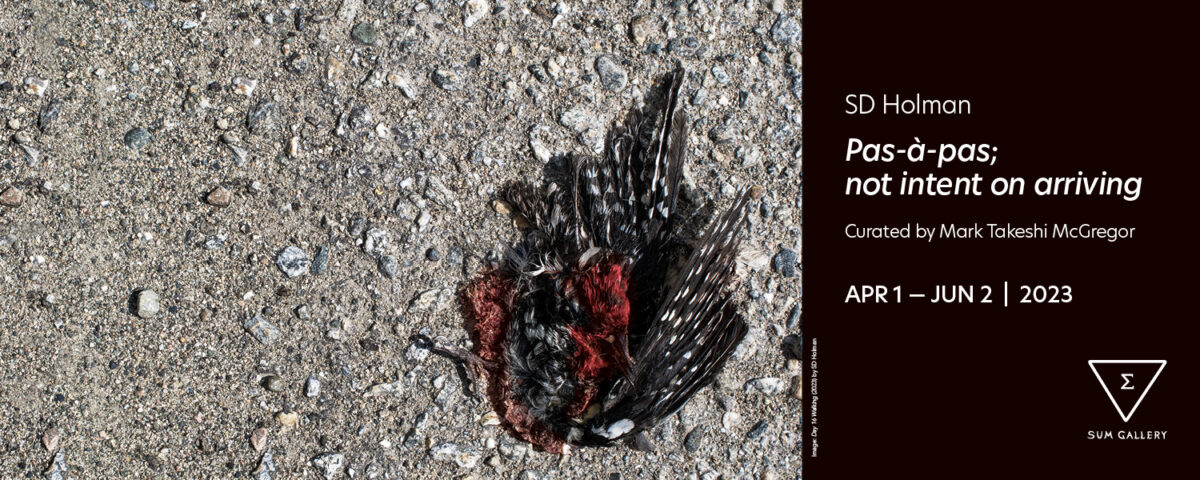Feb 6 – Apr 4, 2025
Mirrors presents a series of watercolour nudes created by Michael Morris during his Berlin residency in the 1980s. Unique in Morris’ predominantly abstract oeuvre, these paintings depict hustlers, artists, and friends, many of them posing in front of a mirror, so that their form could be captured from different angles. Some three dozen nudes, none of which have ever been exhibited publicly, are presented alongside six newly commissioned paintings — “reflections” on Morris’ work — by West Moberly First Nations artist Dion Smith-Dokkie. Curated by Rodney Sharman, Mirrors reflects on how the queer community’s relationship with AIDS has changed over the last forty years while highlighting the myriad issues that younger queer people continue to face today. Morris’ nudes, painted daily during the height of the AIDS crisis, create a body of overtly queer expression that is sensual, colourful, and safe, a private reflection of community at a time when queer people were very much villainized. By contrast, Smith-Dokkie’s works turn the viewer’s gaze upon himself: these nude self-portraits, situated in the bedroom or the bathhouse, are a sensuous, intimate, and vulnerable departure from the artist’s otherwise abstract body of work.
Join us for the opening reception on February 6, from 6 – 9pm, where both Smith-Dokkie and Sharman will be in attendance. SUM gallery is grateful for the time, guidance, and generosity of Michael Morris’ longtime partner, Rahmi Emin, as well as the support of the Parachute Foundation, the Audain Foundation, the Deux Mille Foundation, and the BC Arts Council.
ABOUT MICHAEL MORRIS
Michael Morris (1942–2022), a pioneering abstract painter and printmaker, made enduring contributions to film, photography, video, installation, and performance. Achieving international acclaim early, he helped shape Vancouver’s 1960s art scene and is celebrated for his collaborative practice and versatility as an artist, curator, and cultural leader. In 1970, Morris co-founded Image Bank with Vincent Trasov, a conceptual platform for mail art projects involving figures like Eric Metcalfe and General Idea. He later co-founded the Western Front Society, an artist-run centre for new art across disciplines. Morris passed away in Victoria, BC, on November 18, 2022, at age 80.
ABOUT DION SMITH-DOKKIE
Dion Smith-Dokkie (he/they) lives and works between northeast BC and Vancouver. A painter by trade, he is interested in topics like location and place, infrastructure, communication, and the body. This body of work marks a return to figuration and easel painting, in the wake of Michael Morris and in response to his watercolour nudes. Dion holds an MFA from the University of British Columbia. Recent shows include The Inaugural Lind Biennial at the Polygon Gallery, Land Breaths at the Art Gallery of Grande Prairie, and it hides in the light at The Bows in Calgary. Artistic philandering aside, Dion is a shy gay man and a member of West Moberly First Nations.
ABOUT RODNEY SHARMAN
Rodney Sharman, curator, is an internationally acclaimed composer, performer, educator, and arts advocate based on Musqueam territory in Vancouver. Currently the Victoria Symphony’s Composer-Mentor-in-Residence, he has held residencies with Early Music Vancouver, the Victoria Symphony, Vancouver Symphony, and the National Youth Orchestra of Canada. Dr. Sharman was President of the Canadian League of Composers (1993–98) and the Canadian Section of the International Society for Contemporary Music (1991–95), returning in 2016 to support Vancouver’s World New Music Days. He has served as President of the ISCM’s Canadian Section since 2019, continuing a career dedicated to championing contemporary music and fostering artistic collaboration.
